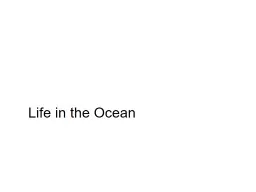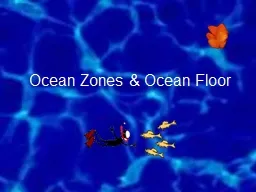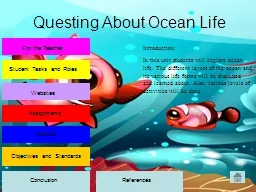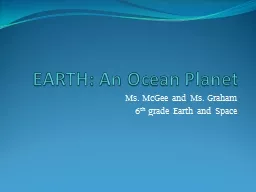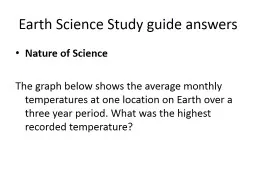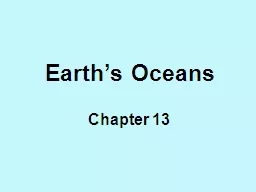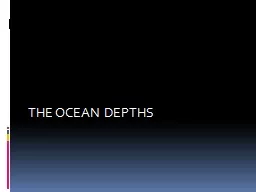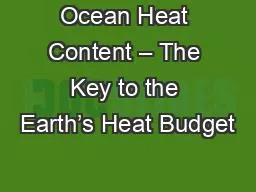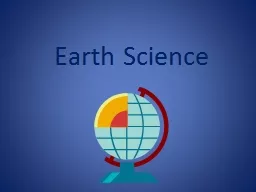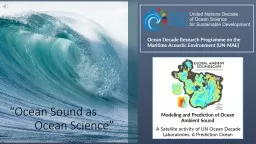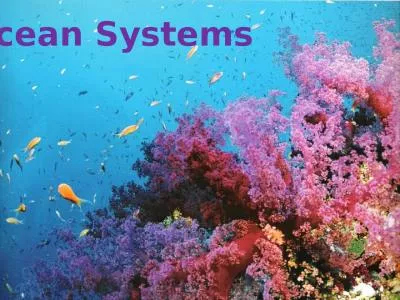PPT-Life in the Ocean Earth’s
Author : danika-pritchard | Published Date : 2018-11-21
life forms are related Evolved from a single ancient instance of origin Organisms change as time passes evolution adapting by natural selection to their environments
Presentation Embed Code
Download Presentation
Download Presentation The PPT/PDF document "Life in the Ocean Earth’s" is the property of its rightful owner. Permission is granted to download and print the materials on this website for personal, non-commercial use only, and to display it on your personal computer provided you do not modify the materials and that you retain all copyright notices contained in the materials. By downloading content from our website, you accept the terms of this agreement.
Life in the Ocean Earth’s: Transcript
Download Rules Of Document
"Life in the Ocean Earth’s"The content belongs to its owner. You may download and print it for personal use, without modification, and keep all copyright notices. By downloading, you agree to these terms.
Related Documents

